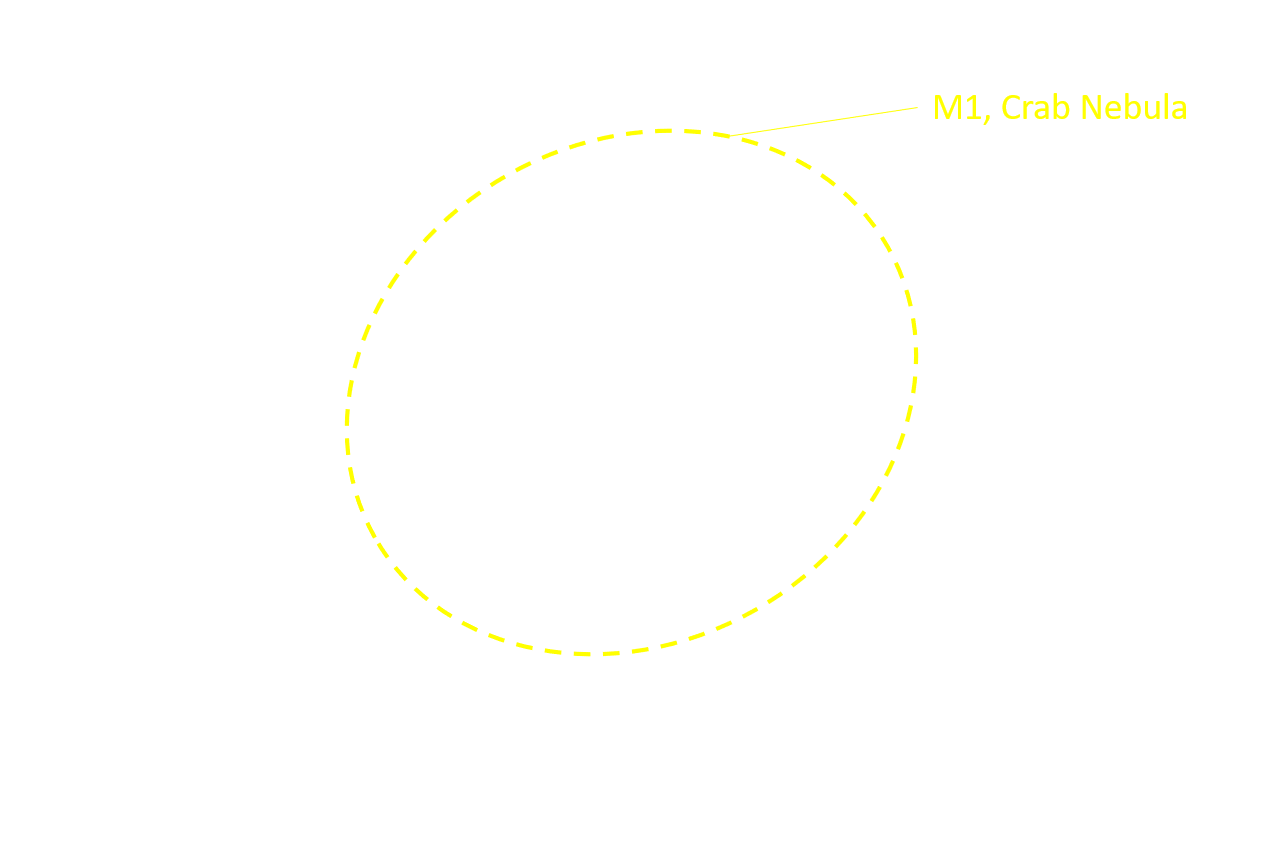galacticsights
astrophotography
M1, Crab Nebula
Technical Details
| Location | Zollikerberg, Switzerland |
| Camera | Nikon DSLR D810A |
| Telescope | TS ONTC 12" f/4 Carbon Newton |
| Optics | TS 2,5" Wynne Coma Corrector |
| Focal Length | 1140mm |
| Mount | iOptron CEM60 Center-Balanced Equatorial Mount |
| Autoguiding | PHD2 (Dithering) |
| Focuser | Moonlite |
| Planetarium Software | Stellarium | Image Session Control | APT - Astro Photography Tool v3.81, ASCOM Platform 6 |
| Lights | 64 x 120s (total 2h08'), ISO-1600, additional Biases, Flats, no Darks |
| Stacking Software | Pixinsight 1.8, Drizzle 2x |
| Image Processing | Pixinsight 1.8 |


The explosion of a star is called supernova. The star spews its innards out across the sky, creating an expanding wave of gas and dust known as a supernova nebula. One the most famous of these supernova remnants is M1, also called the Crab Nebula.
The Crab Nebula lies at a distance of 6,500 light years from Earth and is like our sun system part of the Perseus Arm of the Milky Way galaxy. The nebula has a total luminosity 75,000 times that of the Sun. Messier 1 is about 11 light years in diameter and keeps expanding at a rate of about 1,500 kilometres per second. In the middle of the nebula, a neutron star rotates at a rate of 30.2 times per second, also called a pulsar. This pulsar is the youngest one observed and emits radiation in optical, radio, ultraviolet, X-ray and gamma ray wavelengths.